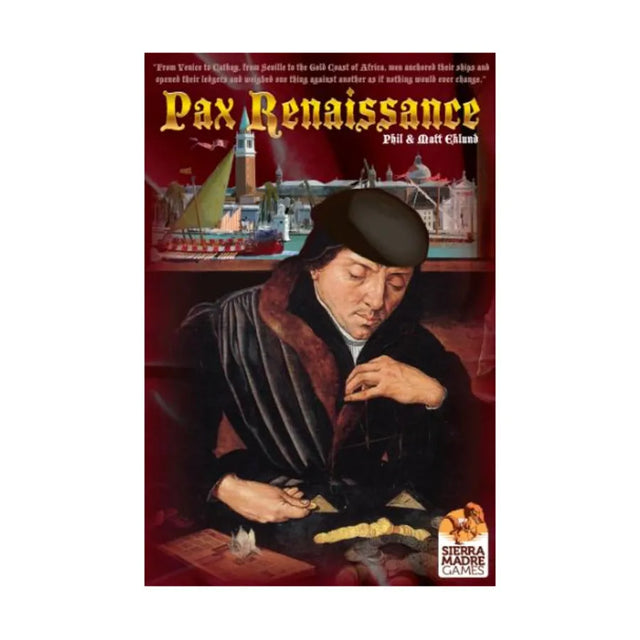Anticipation and Timing
In a board game featuring Dutch auction mechanics, you should expect that timing will be a critical factor in your overall strategy. The auction starts with a high price that decreases incrementally until a player decides to accept the current price and make a purchase. During the game, you will need to gauge the moment to strike, committing to a price point before it's too late while also not jumping in too early and overpaying. This creates a thrilling tug-of-war between the desire to win a bid and the goal to conserve resources.
Strategy and Risk Management
A successful Dutch auction experience requires adept risk management skills and strategic planning. As a player, you must estimate the true value of auction items within the context of your game plan and available assets. You must consider not only the present moment but also future game phases, and how the acquisition of an auction item will benefit you in the long run. The timing of your bid has to be balanced with the competitive landscape of the other players, who might drive the action based on their own strategic motives.
Speed and Efficiency
The pace of a Dutch auction in a board game is generally brisk. Since this auction style concludes as soon as a player accepts the current price, you need to stay alert and be prepared to make decisions swiftly. Unlike traditional multi-round auctions, Dutch auctions demand a high level of concentration in a shorter timeframe, accelerating the pace of the game and making it an efficient but intense experience.
Psychological Element
The descending price auction adds a layer of psychological pressure. As a player, you may find yourself second-guessing your opponents' intentions and willingness to bid, providing a rich, dynamic gameplay layered with psychological tactics. Any hesitation might lead to missing out on a crucial item, rushing in could mean unnecessary expenditure of your limited resources.
Player Interaction
The Dutch auction format increases the level of direct interaction between players. To make the most of this auction, observe your opponents' patterns and resource levels carefully. By assessing their potential bidding behavior, you can make more informed decisions and potentially influence the auction's outcome. Interaction is spontaneous and reactive, making the game more engaging and socially stimulating.
Possibility of Bluffing
Consider the potential for bluffing within the Dutch auction framework. You might feign interest in an item to manipulate its perceived value or the eagerness of other players to commit their resources. This layer of strategic deceit can add depth to the game, offering chances to outmaneuver opponents not just financially but also mentally.
Game Pacing
be prepared for a generally faster-paced gameplay experience due to the nature of Dutch auctions. Since rounds are resolved quickly, games that employ this mechanic tend to keep players on the edge of their seats, contributing to a lively atmosphere that maintains engagement from start to finish. This, Dutch auctions are well-suited to players who enjoy active, energetically paced game sessions.
By embracing these aspects of Dutch auction mechanics, you can prepare yourself for a highly interactive, strategic, and psychologically nuanced play experience.
Roman Empire themed games with Auction: Dutch
Auction: Dutch games illustrated by Nadia Carrim

Foundations of Metropolis
Auction: Dutch games illustrated by Damien Mammoliti















